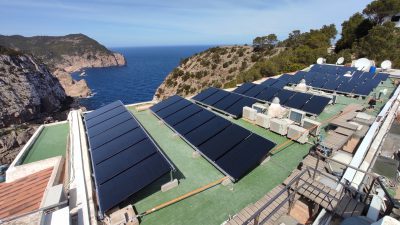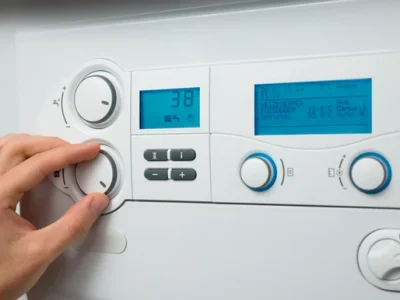The use of clean energy is increasingly grabbing headlines and attracting the attention of businesses and individuals. In this regard, solar pumping is a growing alternative to using electric generators that run on diesel or other fossil fuels. This option has been gaining ground primarily on livestock and agricultural farms, especially in light of rising electricity costs. Therefore, it’s fascinating to know how solar pumping works.
Although the purpose is the same (a system for extracting water from a well, for example, using a hydraulic pump to reach the required water level), in this case, neither generators nor electricity are used; instead, sunlight is utilized, which is unlimited and free of charge. This way, those working in the agricultural and livestock sectors can provide water to their animals and irrigation systems using solar panels.
How is it installed?
To begin, you’ll need solar panels or plates that will produce the electrical energy required to power the pump. These panels capture this solar energy and transform it into electricity. You’ll also need a solar pump, either direct or alternating current, and depending on its use (livestock, agriculture), it can be surface or submersible. This way, it’s possible to extract or move the water to where it’s needed.
Additionally, a device called a water pump controller will be necessary to manage the flow and prevent spills where the water is stored, for example, or to prevent it from starting to fill up if the space is empty. A converter is also essential to transform the energy into usable alternating current. And, of course, the necessary pipes, cables, and connectors will be required to make all of this possible, ensuring that water reaches where it’s needed and for the intended use.
Advantages of having a solar pumping infrastructure
Use of clean and environmentally friendly energy: You’ll no longer depend on diesel or gasoline to power the pump. This eliminates polluting emissions, and the cost of fossil fuels has become increasingly expensive. Furthermore, solar energy is inexhaustible and renewable.
- More economical: As we’ve seen, solar pumping is quite simple to operate, and the investment is well worth it and isn’t expensive. And once installed, you won’t spend more, thanks to the free and inexhaustible supply of sunlight! Even if you invest in batteries, you can store them for later use.
- Low maintenance: Solar panel maintenance is straightforward and basic, allowing you to maximize their performance. They even come with multi-year warranties and are highly durable.
- Remote monitoring: Using the Internet, it is even possible to monitor and automate solar pumping, making irrigation more efficient.
- Greater efficiency and utilization. Solar panels are increasingly being refined, becoming more efficient and innovative, as well as efficient in terms of electricity generation. They are even ideal for areas without easy access to the power grid.
MASRED Engineering: we make your project a reality
Of course, you’ll likely have questions about the operation and installation of solar pumping. For example, determining the number of solar panels needed, the type of feed pump (single-phase or three-phase), calculating solar pumping and pump power, among other factors.
At MASRED, we offer the solar pumping you need for your irrigation system or livestock, and we’ll take care of everything for you. Request a free quote, along with a complimentary study to assess the technical and economic feasibility of your project. Contact us through our website by filling out the contact form, or call us at 654 57 61 80.






